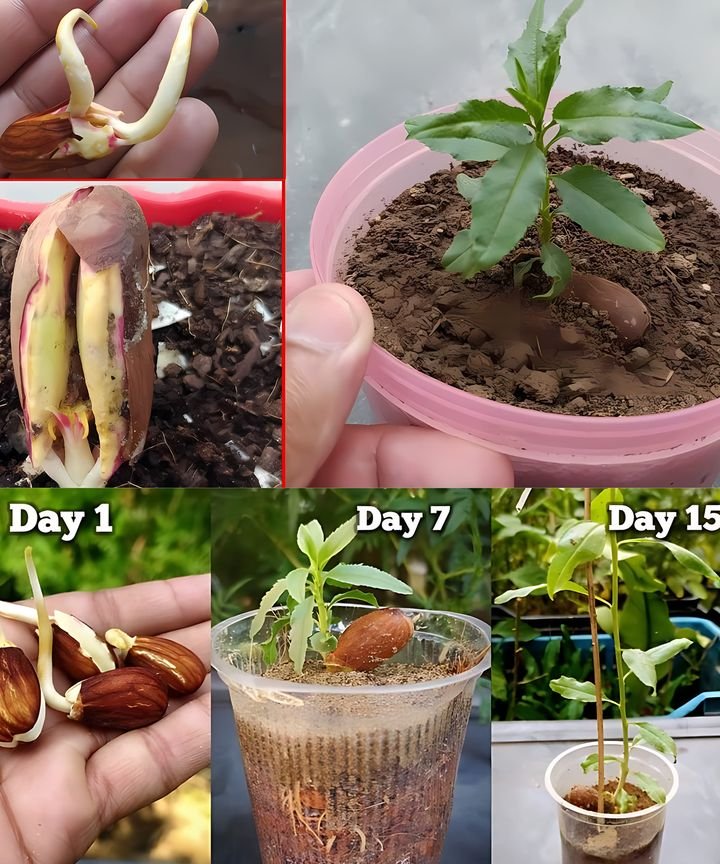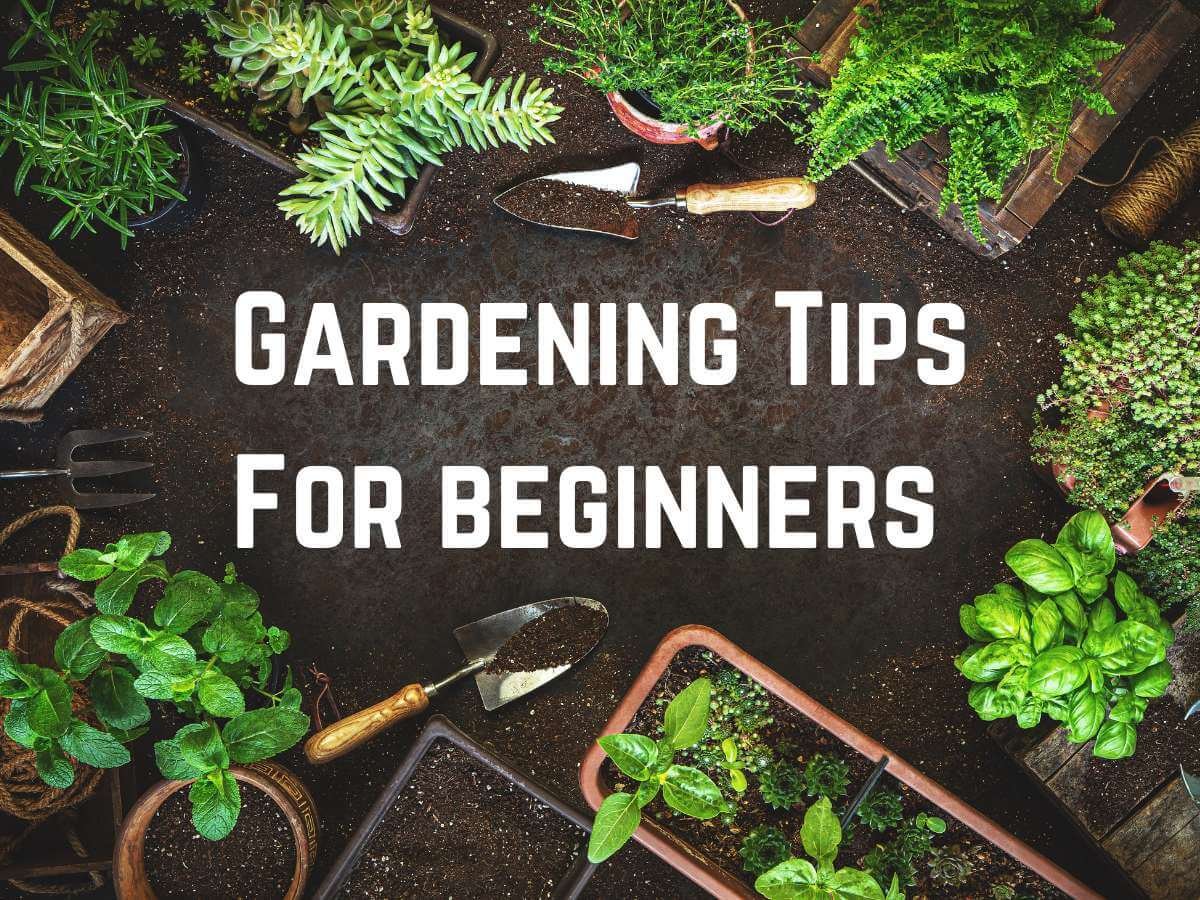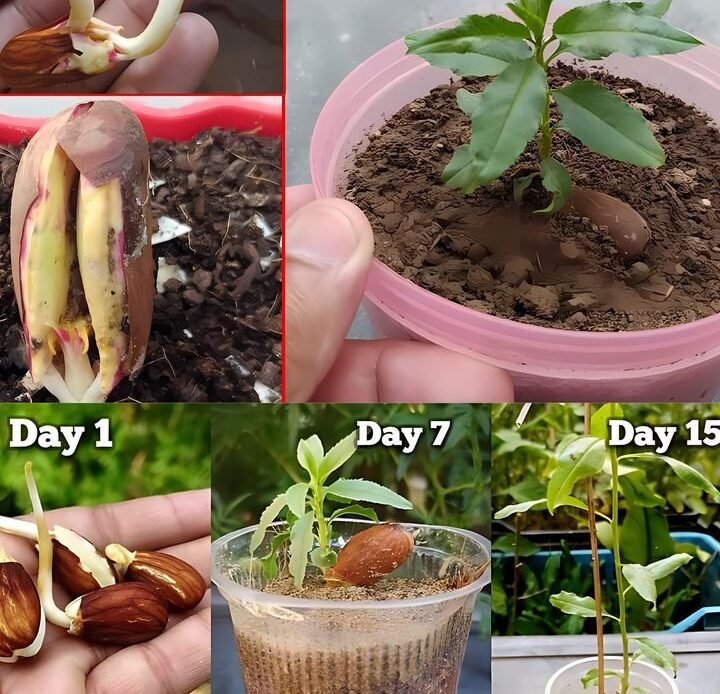Growing an almond tree from seeds at home may seem like a challenging task, but with the right approach, it can be a rewarding and successful experience. Almond trees are not only beautiful but also provide delicious and nutritious nuts. By following a step-by-step process, you can cultivate a thriving almond tree right in your backyard or garden. This guide will take you through everything you need to know about growing an almond tree from seeds, from sourcing quality seeds to harvesting your own almonds.
## **Why Grow an Almond Tree from Seeds?**

While many gardeners prefer to buy grafted almond trees from nurseries, growing one from seed has several benefits:
– **Cost-Effective** – Purchasing almond seeds is more affordable than buying mature trees.
– **Learning Experience** – Growing from seed allows you to understand the entire growth cycle of the tree.
– **Satisfaction of Homegrown Nuts** – Nothing beats the taste of almonds harvested from your own tree.
– **A Beautiful Ornamental Tree** – Almond trees produce stunning pink or white blossoms in spring, making them a lovely addition to any garden.
Although growing from seed requires patience, the process is straightforward when done correctly. Let’s dive into the step-by-step guide.
## **Step 1: Source Your Almond Seeds**
The first step in growing an almond tree is obtaining the right seeds. Not all almonds will sprout, so selecting high-quality seeds is crucial.
### **How to Choose the Right Almond Seeds:**
– **Raw, unprocessed almonds** – Look for almonds that have not been roasted, salted, or treated.
– **Organic or nursery-bought almonds** – The best seeds come from reputable nurseries or organic sources.
– **Bitter vs. sweet almonds** – Sweet almonds are the variety commonly grown for consumption, while bitter almonds contain toxic compounds and are not recommended for home cultivation.
If you source almonds from a grocery store, ensure they are raw and untreated, as processed seeds will not germinate.
## **Step 2: Stratification – Preparing the Seeds for Germination**

Almond seeds require **cold stratification**, a process that mimics winter conditions to break dormancy and stimulate germination. This step is essential for successful sprouting.
### **Cold Stratification Process:**
1. **Soak the Seeds** – Place the almonds in a bowl of water and let them soak for **48 hours**. This softens the seed coat and activates the embryo inside.
2. **Prepare for Refrigeration** – After soaking, place the seeds in a damp paper towel or moist sand inside a sealed plastic bag or container.
3. **Refrigerate** – Store the container in the refrigerator at **35-40°F (1-4°C)** for **2 to 3 months**.
4. **Check Regularly** – Once a week, check for mold and ensure the towel or sand remains moist but not soggy.
After 2-3 months, some seeds may have started sprouting. These are now ready for planting.
## **Step 3: Planting the Almond Seeds**
Once your seeds have gone through stratification, it’s time to plant them in soil. Almond trees require well-draining, nutrient-rich soil for healthy growth.
### **How to Plant Almond Seeds:**
1. **Choose the Right Soil** – Use a well-draining potting mix containing **loam, sand, and organic compost**.
2. **Select a Deep Pot** – If starting indoors, use a deep container (at least **12 inches**) to allow root development.
3. **Plant the Seeds** – Sow each seed **1-2 inches deep**, with the pointed tip facing down.
4. **Water Gently** – After planting, water the soil lightly to ensure moisture without making it soggy.
5. **Choose the Right Location** – If planting directly outdoors, select a spot that gets **full sun (at least 6-8 hours of sunlight daily)**.
If growing in cooler climates, start the seeds indoors and transplant the seedlings later.
## **Step 4: Caring for the Almond Seedlings**
Once the seeds germinate and small seedlings emerge, proper care is essential to ensure healthy growth.
### **Watering:**
– Keep the soil **moist but not waterlogged**.
– Water **2-3 times a week**, reducing frequency as the tree matures.
### **Sunlight:**
– Almond trees need **at least 6-8 hours of direct sunlight** daily.
– If growing indoors, place seedlings near a **south-facing window** or use grow lights.
### **Temperature Considerations:**
– Almond trees prefer **temperatures between 60-85°F (15-30°C)**.
– Protect young seedlings from frost by bringing pots indoors or covering outdoor plants with frost blankets.
### **Transplanting to the Garden:**
Once seedlings reach **6-12 inches tall**, they can be transplanted into a permanent outdoor location. Choose a well-draining area with plenty of sunlight and space for growth.
## **Step 5: Long-Term Almond Tree Maintenance**

Caring for an almond tree long-term involves proper pruning, fertilization, and pest management.
### **Pruning:**
– Prune during the **dormant season (late winter or early spring)**.
– Remove **dead or weak branches** to encourage healthy growth.
– Shape the tree to allow **better air circulation and sunlight penetration**.
### **Fertilizing:**
– Use a **balanced fertilizer** (e.g., 10-10-10) once a year in spring.
– Compost or organic matter can be added to enrich soil quality.
### **Pest and Disease Management:**
– Common almond tree pests include **aphids, spider mites, and caterpillars**. Use neem oil or insecticidal soap for organic pest control.
– Monitor for **fungal diseases** like root rot, and avoid overwatering.
– Ensure good air circulation around the tree to prevent mold and mildew.
With consistent care, your almond tree will continue to grow strong and healthy.
## **Step 6: Patience and Harvesting Your Almonds**
Growing an almond tree from seed requires patience, as it takes **3-5 years** before the tree starts producing nuts.
### **Signs Your Almonds Are Ready for Harvest:**
– The **outer hull** begins to dry and split open.
– The inner almond shell turns **hard and brown**.
– Harvest typically occurs in **late summer to early fall**.
### **How to Harvest Almonds:**
1. Shake the tree to loosen the mature nuts.
2. Collect the almonds from the ground or branches.
3. Remove the outer hull and allow the nuts to dry in a **warm, dry place for 1-2 weeks**.
Once dried, store the almonds in an **airtight container** in a cool, dark place for long-term use.
## **Final Thoughts**

Growing an almond tree from seed at home is a fulfilling process that rewards you with a beautiful tree and homegrown nuts. While it takes patience and care, the result is well worth the effort. By sourcing high-quality seeds, providing proper stratification, and maintaining the right growing conditions, you can successfully cultivate your own almond tree.
Whether you’re an experienced gardener or a beginner, this method allows you to enjoy the beauty and bounty of homegrown almonds. Start planting today, and in a few years, you’ll be enjoying delicious, organic almonds straight from your backyard
